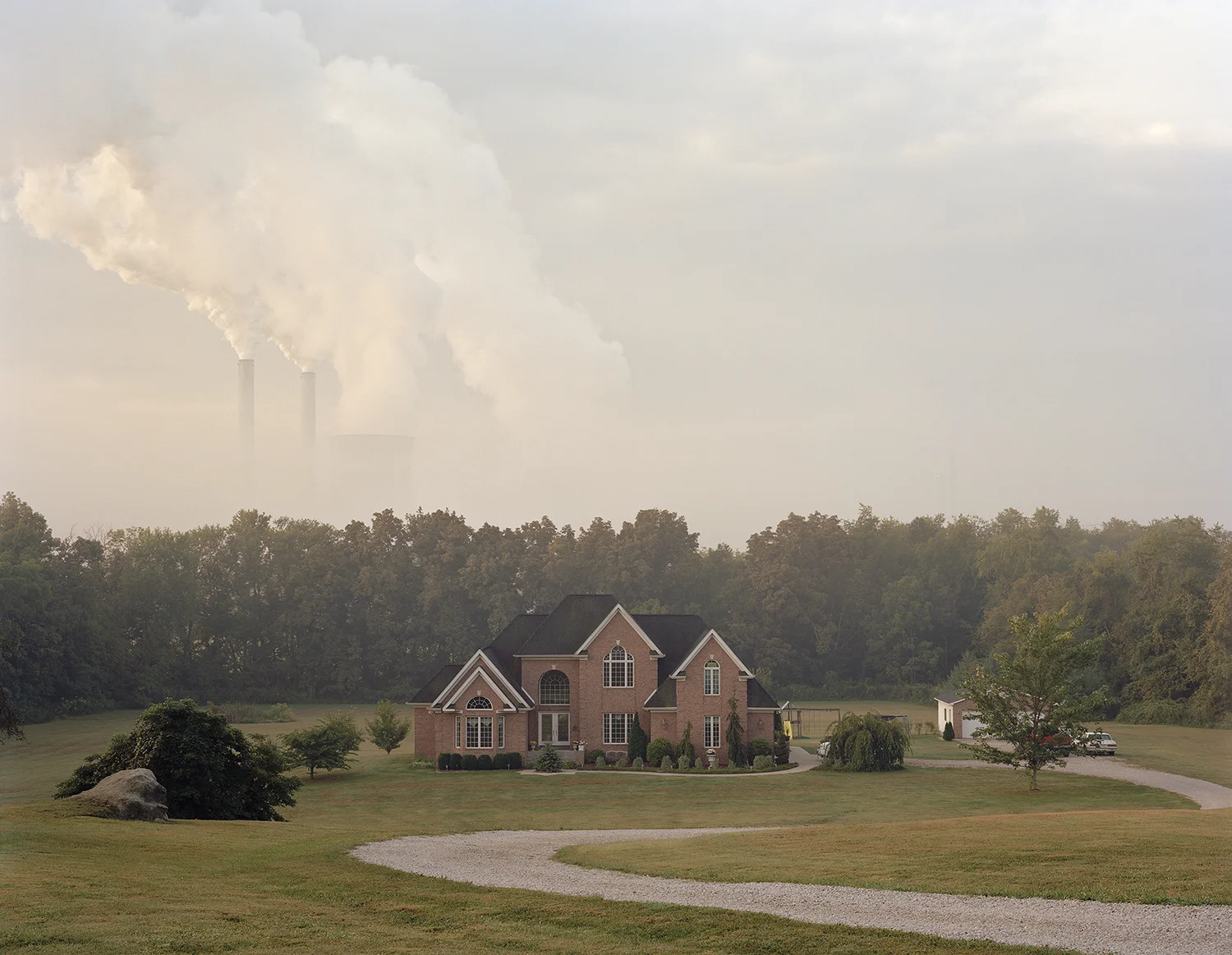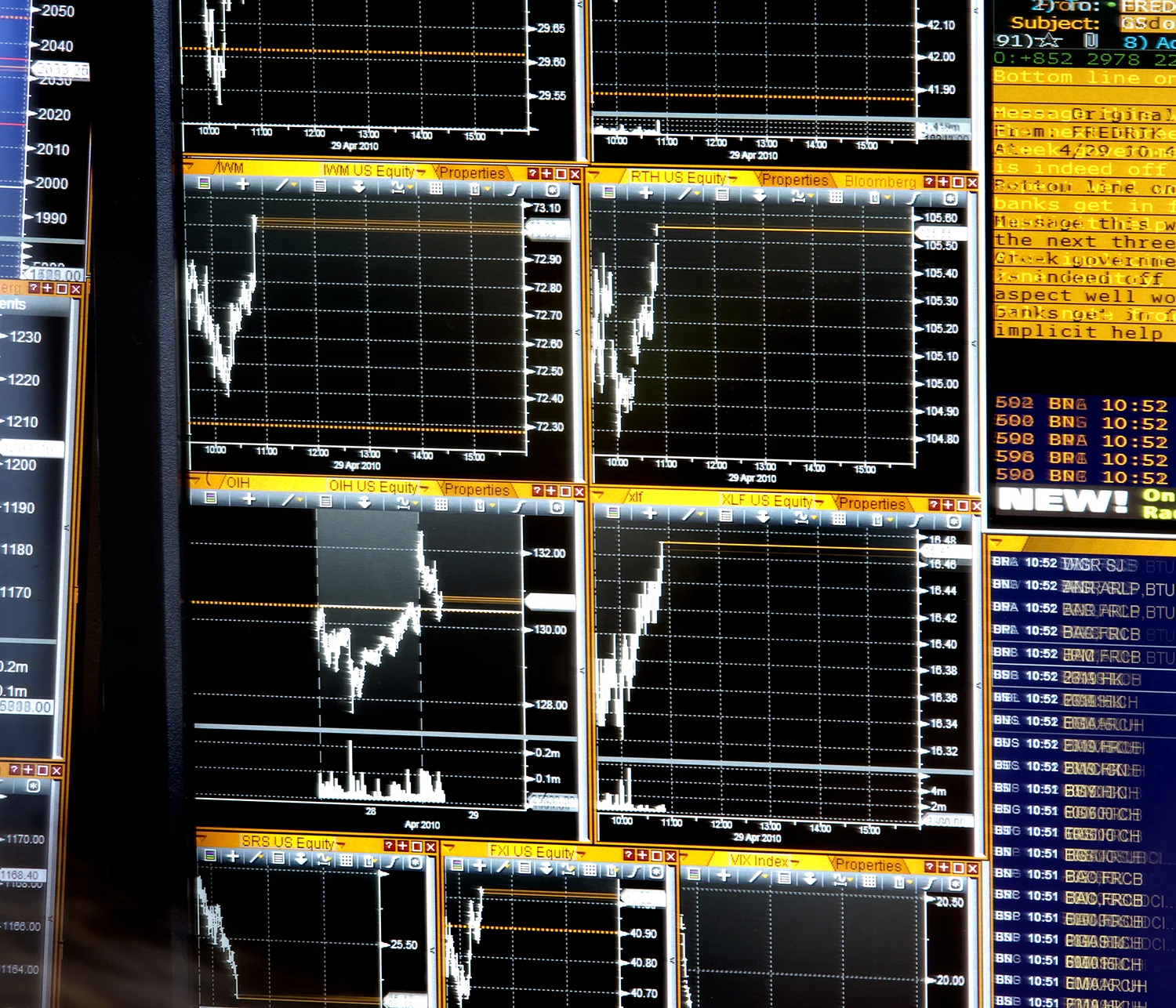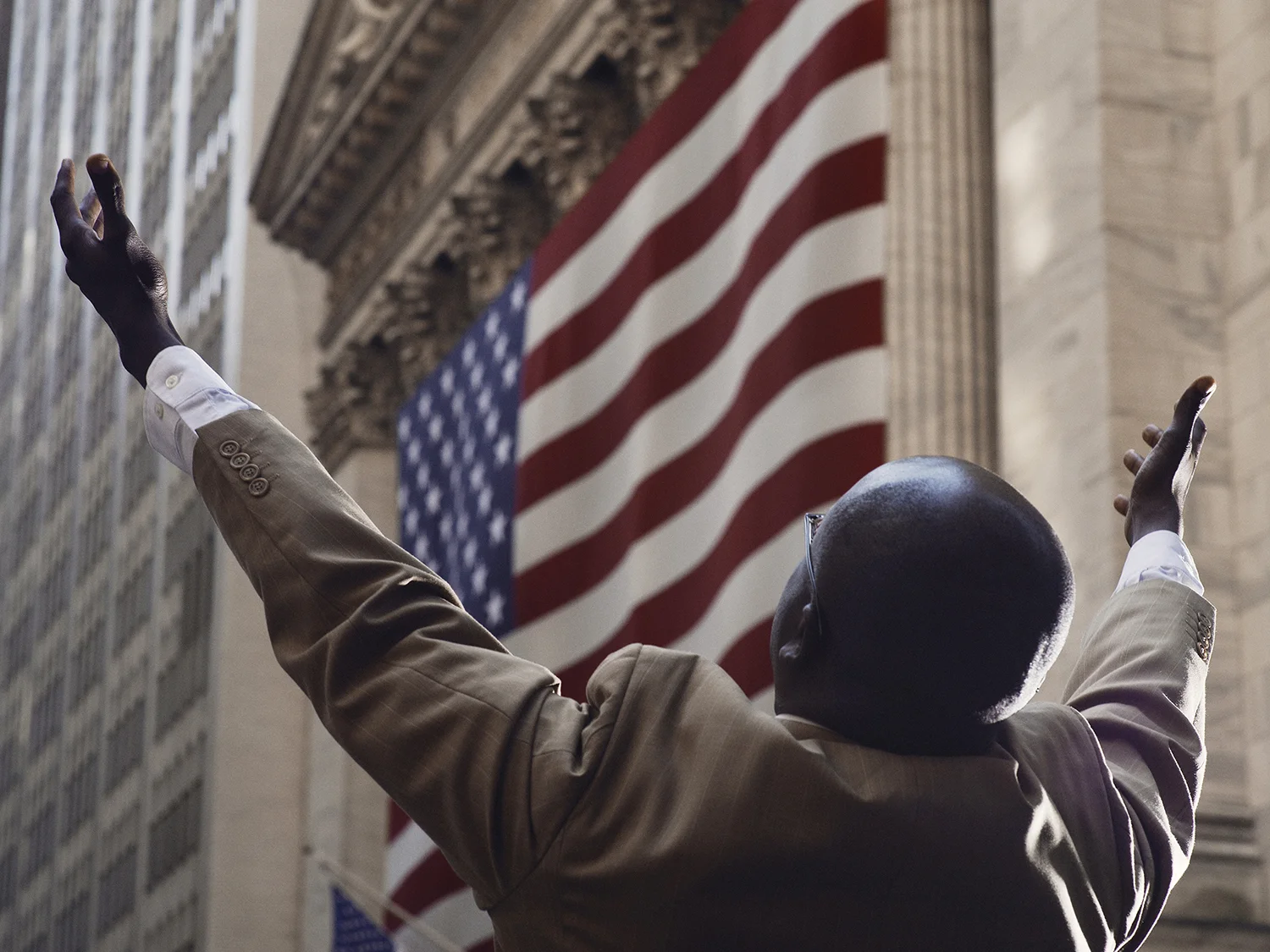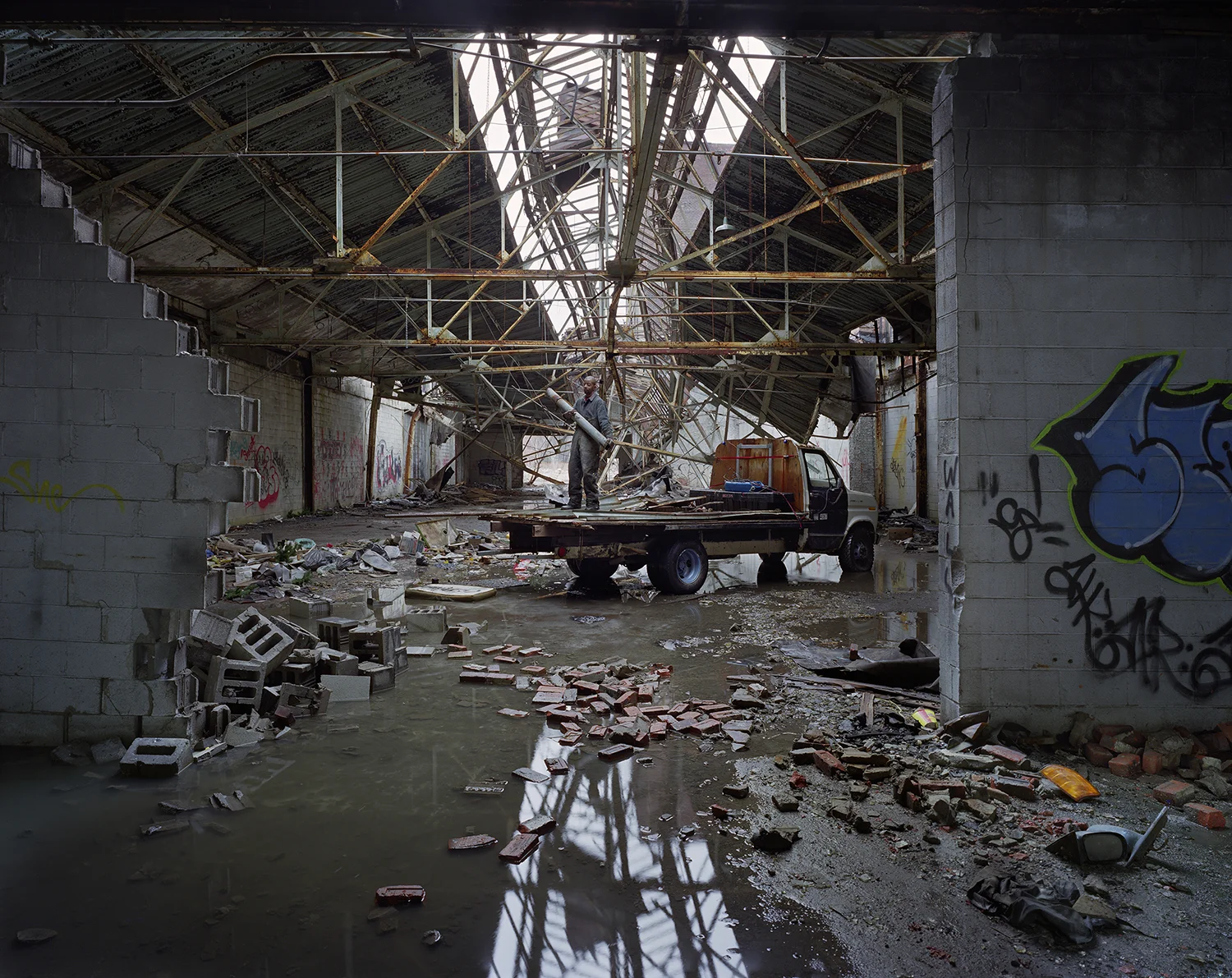Time Magazine associate photo editor Myles Little has organized an internationally touring exhibition 1%: Privilege in a Time of Inequality, that attempts to raise awareness of the growing disparity of wealth around the world. Using Edward Steichen's 1955 exhibition and book The Family of Man as a launch point, Little aims to use the work of some of today's most acclaimed photographers to create a contemporary conversation about inequality. Little positions his exhibition in contrast to Steichen's, which presented an optimism towards the human spirit. For Little, the vast disproportion of today's wealth has harmed humanity with grave consequence. While these words and the exhibition title might suggest a collection of weighted, potentially propagandistic images, Little's selection contains a thoughtful mix of work that is as soft-spoken as it is hard-hitting, which will hopefully help it to speak to a broad and diverse audience. We spoke with Myles to learn more about the exhibition, and the book he'll publish with Hatje Cantz if successfully funded through a Kickstarter campaign.
What inspired you to curate this exhibition?
My interest in wealth grew out of conversations I had a with a curator in Oaxaca, Mexico named Daniel Brena. But the story of inequality is hard to escape these days. Pope Francis for example has spoken out very eloquently against it; even some billionaires have spoken out against it. Furthermore, living in New York City, I can’t help but see examples of rampant inequality all around me every day.
You cite The Family of Man as a reference point for this exhibition and book, which in its time, argued for "the essential one-ness of humankind" What makes this particularly relevant now?
The typical US household made about $50,000 last year, while in the same year, the hedge fund manager Kenneth Griffin made $1.3 billion. The wealth gap in America hasn’t been this wide in almost a century. So it’s high time we ask ourselves, as Steichen did, are we all in this together or not? It’s just that Edward Steichen and I had very different answers.
You're most widely recognized as a photo editor and producer. Is this your first curatorial endeavor?
I’ve worked on a few projects before, most notably an exhibit about migration I co-curated with Paul Moakley at the Alice Austen House. But this is definitely my largest, most in-depth exhibition. I’ve spent two years editing this down from 2,000 photos to 30, then pitching the project to over 200 festivals, 100 galleries and 100 publishers around the world.
Your image selection is admirably unpredictable. While it consistently has a documentary bend, it's not as heavy-handed as one might expect.
Thank you! When I was younger I was more drawn to loud, satirical photography, but I knew I didn’t want to go in that direction with this project. After all, caricatures of the rich are overdone, and miss the real complexity of the issue. As people like Chrystia Freeland point out, today’s 1% tends to be better educated, better traveled and more meritocratic than any that preceded it. But I also chose a calm, well-crafted, medium format photography aesthetic in order to make the show feel posh. I wanted to borrow the language of privilege, but then subvert it.
Why only color photographs?
I wanted the show to feel very cohesive. That’s partly just the way I see: I find that a wild amount of variation can take me out of an experience. But it’s also because I wanted the show to have a powerful, unified, almost unassailable presence. And in general, I just happened to find more color work than black and white work.
How did you select Joseph Stiglitz and Geoff Dyer to write the essays for the book?
I chose Stiglitz because he’s a Nobel Prize winning economist and inequality expert. And I chose Dyer based on his book about photography history called “The Ongoing Moment.” It’s a spectacular achievement: deeply intelligent but playful, an outsider’s strange and wonderful perspective on a subject that’s been covered extensively.
Do image makers have a particular responsibility to draw attention to social issues? What would Susan Sontag say?
Yes, but not because they are image makers, but rather because they are humans, and all humans have a responsibility to each other. Image makers can choose to act on that responsibility through their images, or through another avenue, but they must act.
Which image from the exhibition is most heartbreaking for you?
Juliana Sohn’s image of a legless laborer cleaning the Hollywood Walk of Fame is the most heartbreaking for me. What I find tragic about the image is not this particular man’s plight: I honor his effort to make a living despite difficult circumstances. Instead, the image for me acts as a tragic metaphor for the celebration of the powerful by the powerless, something I see a lot of in this country.
Which image do you feel is the most optimistic?
I would say that Jesse Chehak’s image of the High Line park under construction in New York City is the most optimistic. The High Line is a wonderful new part of the city that was partly funded by major donations from wealthy patrons. There are of course many examples of amazing philanthropy going on right now, from the Bill and Melinda Gates Foundation to Leonard Lauder. These kinds of “philanthro-capitalists” are a major, and welcome, feature of the new wealthy.
The exhibition will travel internationally. Why did you choose the specific cities?
I chose more based on the reputation of the venue rather than the specific city. But I do want to have a show on every continent, as a way of highlighting the global nature of inequality. I just got some good news: Gage Gallery in Chicago just confirmed a show in Spring 2016!
What do you hope to accomplish though the widespread exposure this exhibition and book hopes to achieve?
I just want to start a conversation about fairness. Is it fair that in recent years, the incomes of the 1% in America grew by over 30%, while the incomes of everyone else grew by under 1%? Is it fair that the 6 heirs to the Walmart fortune own more wealth than the bottom 40% of the US?
Bio: Myles Little (b. 1984, Ireland) is a photo editor based in New York City. He studied photography at the Savannah College of Art and Design and has gone on to produce award-winning covers and features with some of the best photographers in the world. Myles has lectured on photography internationally and curated two photography exhibits in New York. 1% is his third curated exhibit.












